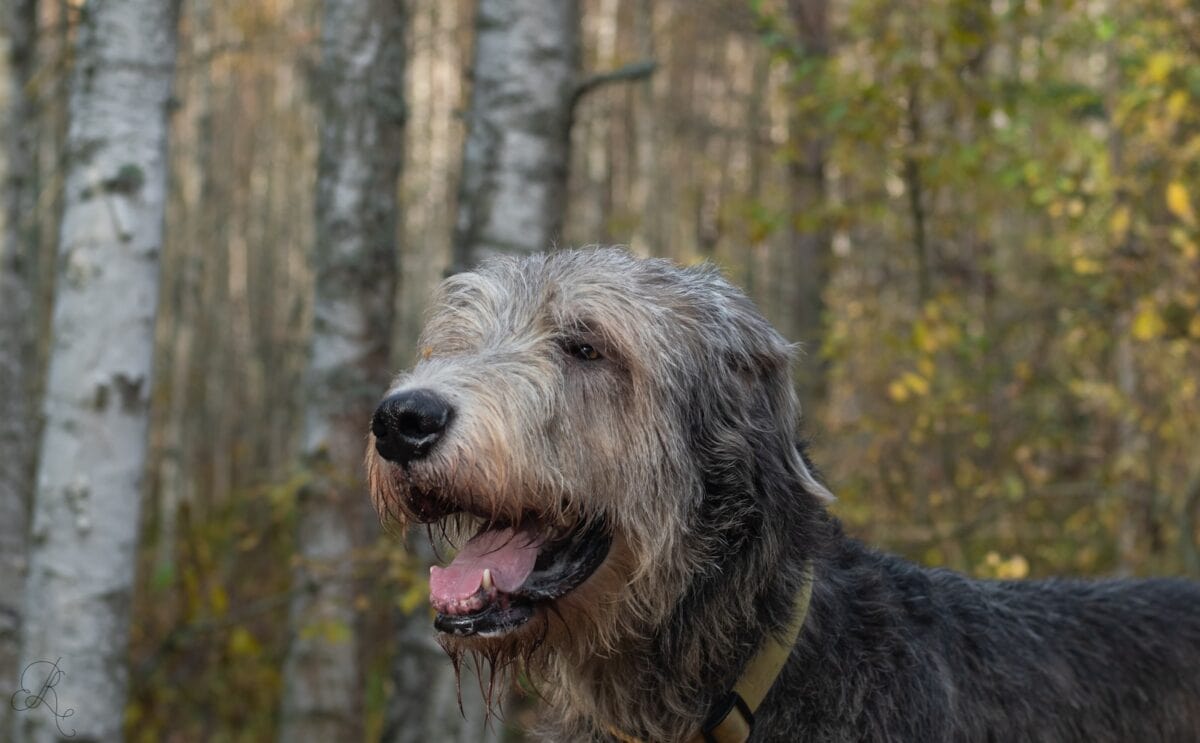Dogs are known for their diversity, ranging from tiny lap dogs to enormous breeds that dwarf some other common animals. Among this multitude of breeds, the Irish Wolfhound stands tall—literally. Known for its imposing height and gentle demeanor, this breed captures the imagination of dog lovers worldwide. Read on to explore the fascinating world of Irish Wolfhounds, the tallest dog breed that can grow bigger than a small horse.
The History of the Irish Wolfhound
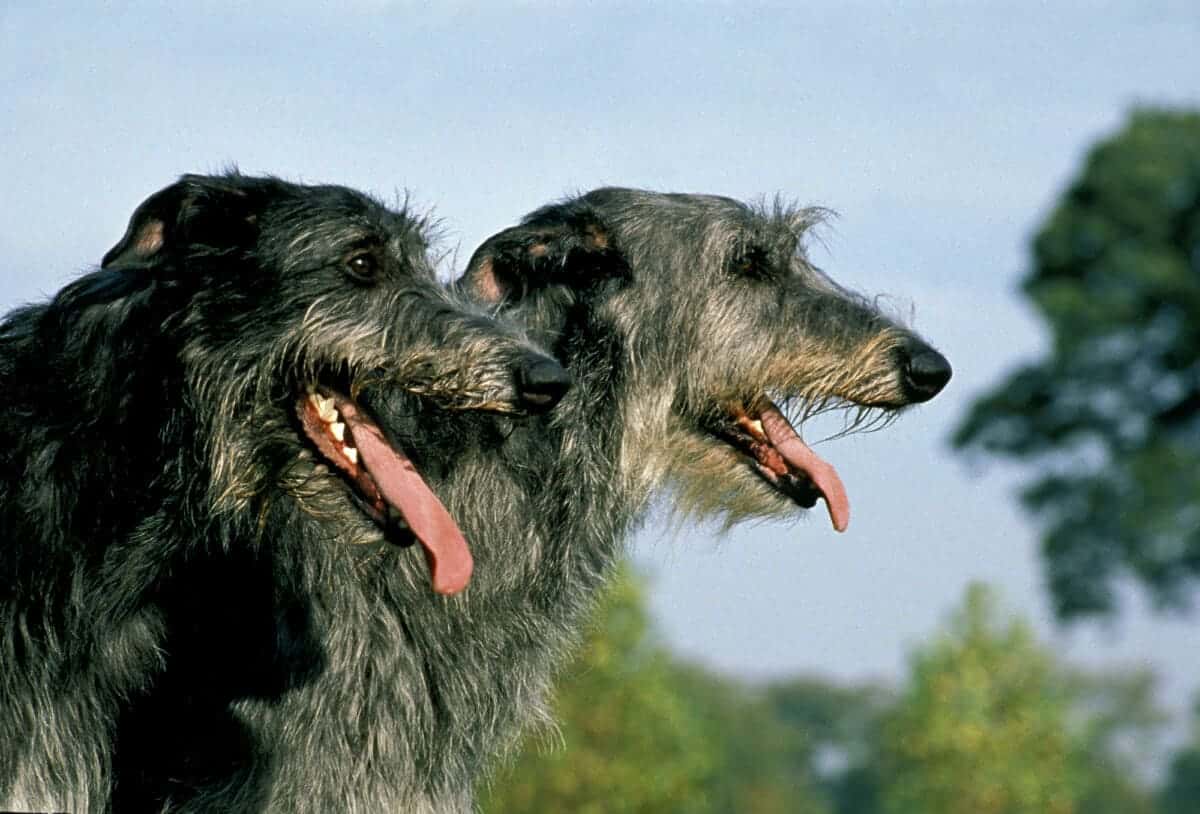
Originating in Ireland, these majestic dogs have a storied history dating back to antiquity. Irish Wolfhounds were initially bred for hunting wolves and other large game, a task for which their size and strength were well-suited. In ancient tales, they were often depicted as noble companions to Celtic warriors and royalty, symbolizing status and power.
Remarkable Size and Stature

The Irish Wolfhound is celebrated as the tallest dog breed in the world. Males typically stand at least 32 inches at the shoulder, but individuals often exceed this minimum with ease. Adult males can weigh anywhere from 140 to 180 pounds, and their sheer size makes them comparable to, and sometimes even bigger than, a small horse.
Gentle Giants: Temperament

Despite their formidable size, Irish Wolfhounds are renowned for their gentle and friendly nature. They are incredibly affectionate and form strong bonds with their human families. Often described as “gentle giants,” these dogs are patient and good with children, making them wonderful family pets.
Physical Characteristics

Irish Wolfhounds have a distinct appearance characterized by a rough, shaggy coat typically seen in shades of gray, brindle, red, black, or white. Their long legs and large, powerful bodies convey both grace and strength. Their heads are long and narrow, adding to their regal appearance.
Exercise and Activity Needs
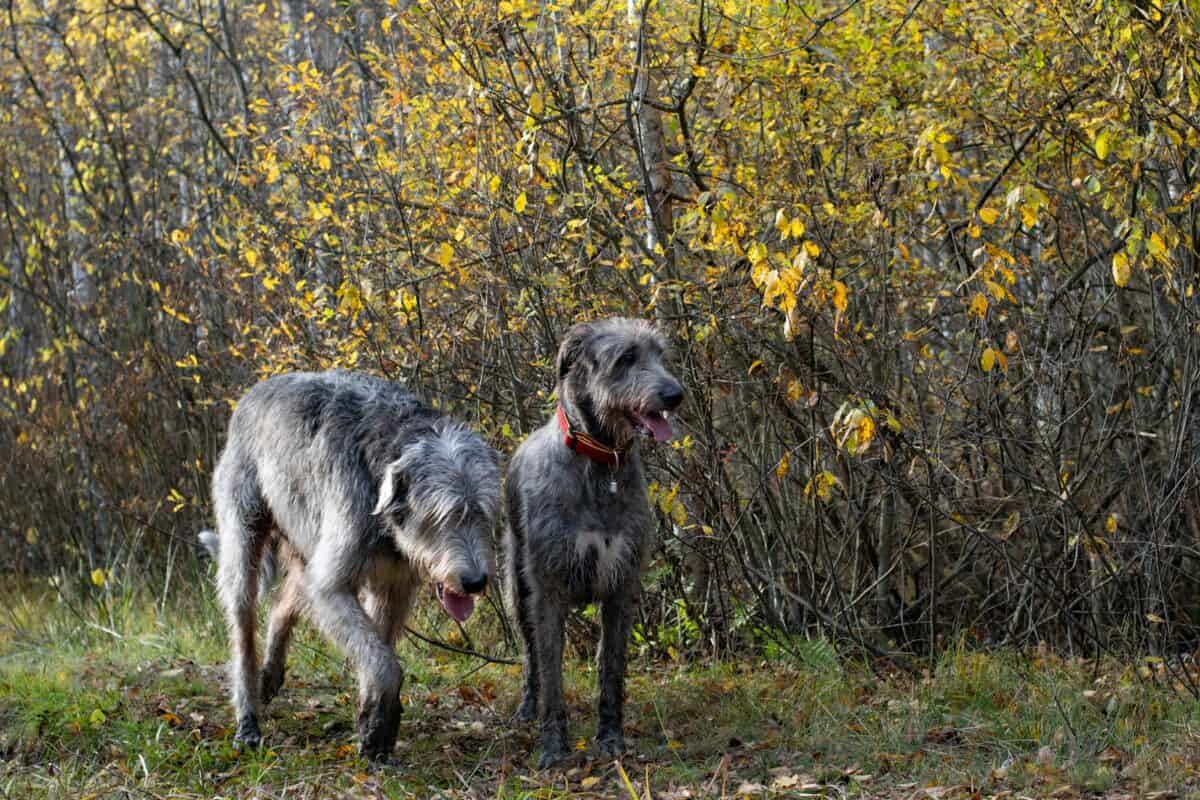
Despite their size, Irish Wolfhounds do not require as much exercise as one might expect. However, they do benefit from long walks and space to run in a secure area. Their energy levels are generally steady, and they enjoy a balance of activity and rest throughout the day.
Health Considerations
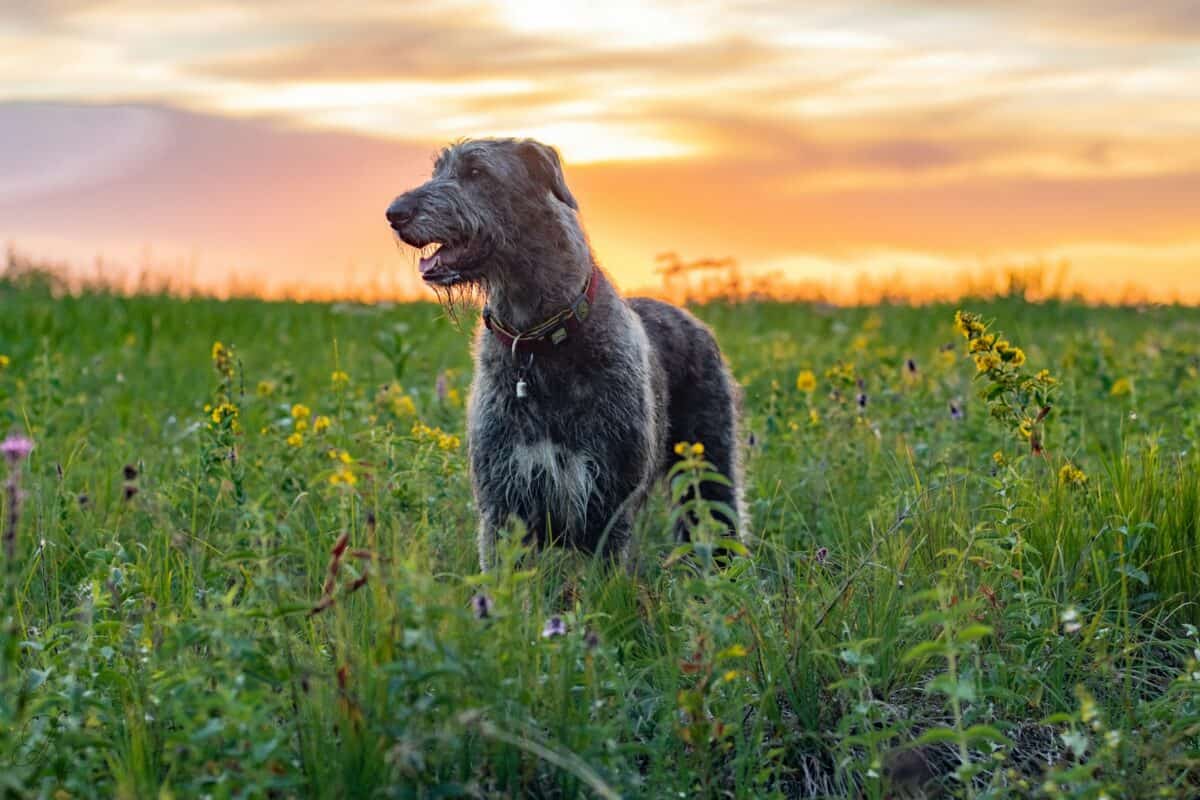
Unfortunately, like many large breeds, Irish Wolfhounds can be prone to specific health issues. They have a relatively short lifespan, averaging 6 to 8 years, and may suffer from conditions such as hip dysplasia, heart problems, and bloat. Regular veterinary care and a nutritious diet are essential to mitigate these risks.
Feeding an Irish Wolfhound
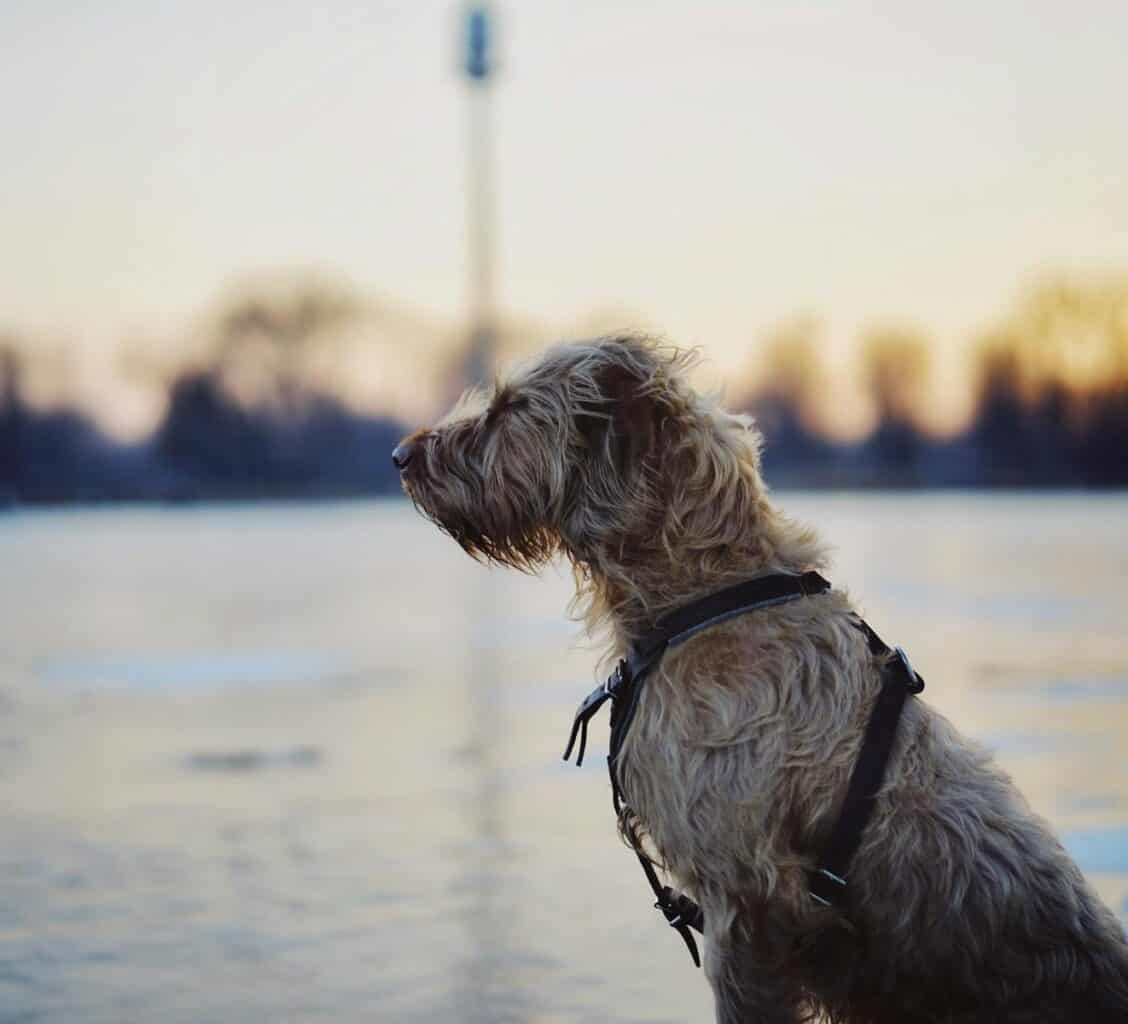
The nutritional needs of an Irish Wolfhound are significant. These dogs require a diet that is high in quality-protein and well-balanced with essential nutrients to support their growth and health. Proper portion control is critical to prevent obesity, which can exacerbate joint and heart issues.
Training and Socialization
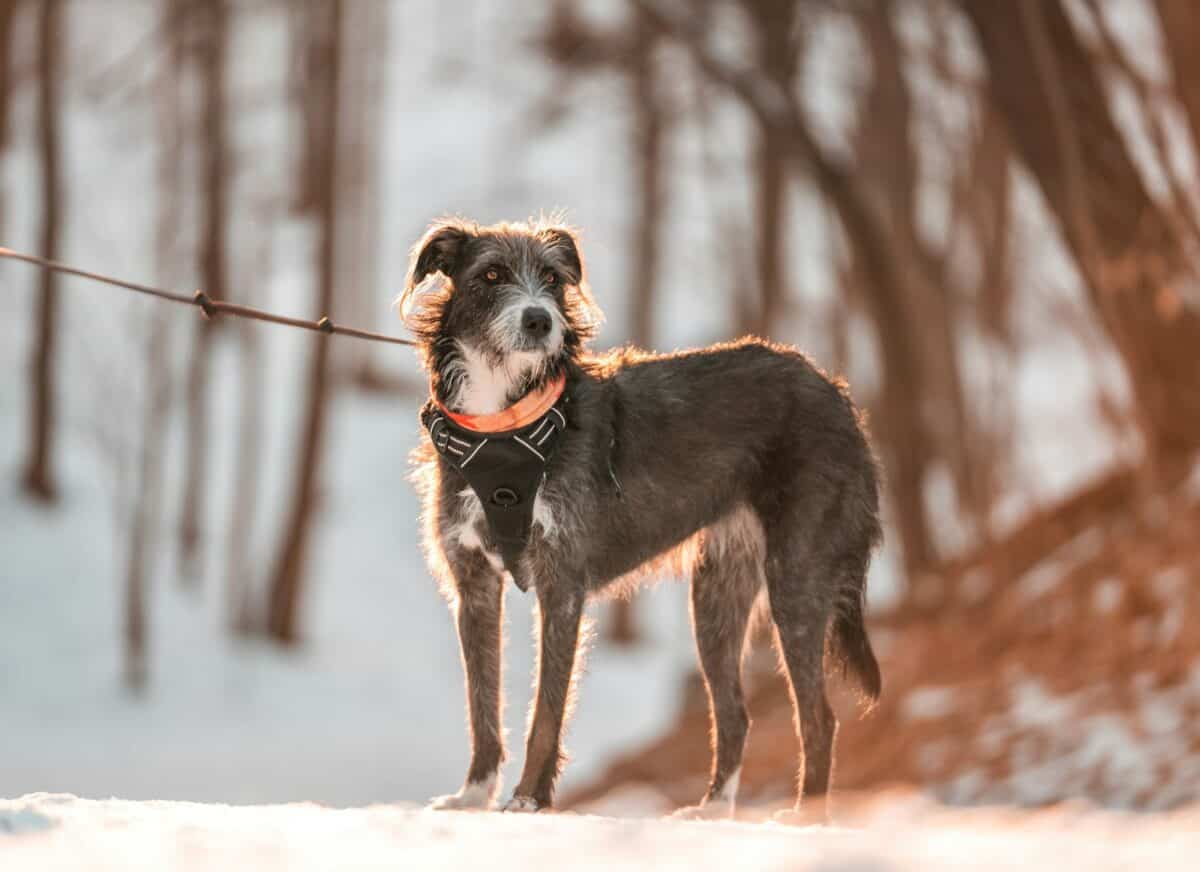
Due to their size, early training and socialization are crucial for Irish Wolfhounds. Although they are generally calm, they can be strong-willed, and proper training ensures they remain manageable in all situations. Positive reinforcement works best with this breed, encouraging them to engage constructively with their environment.
Grooming and Maintenance
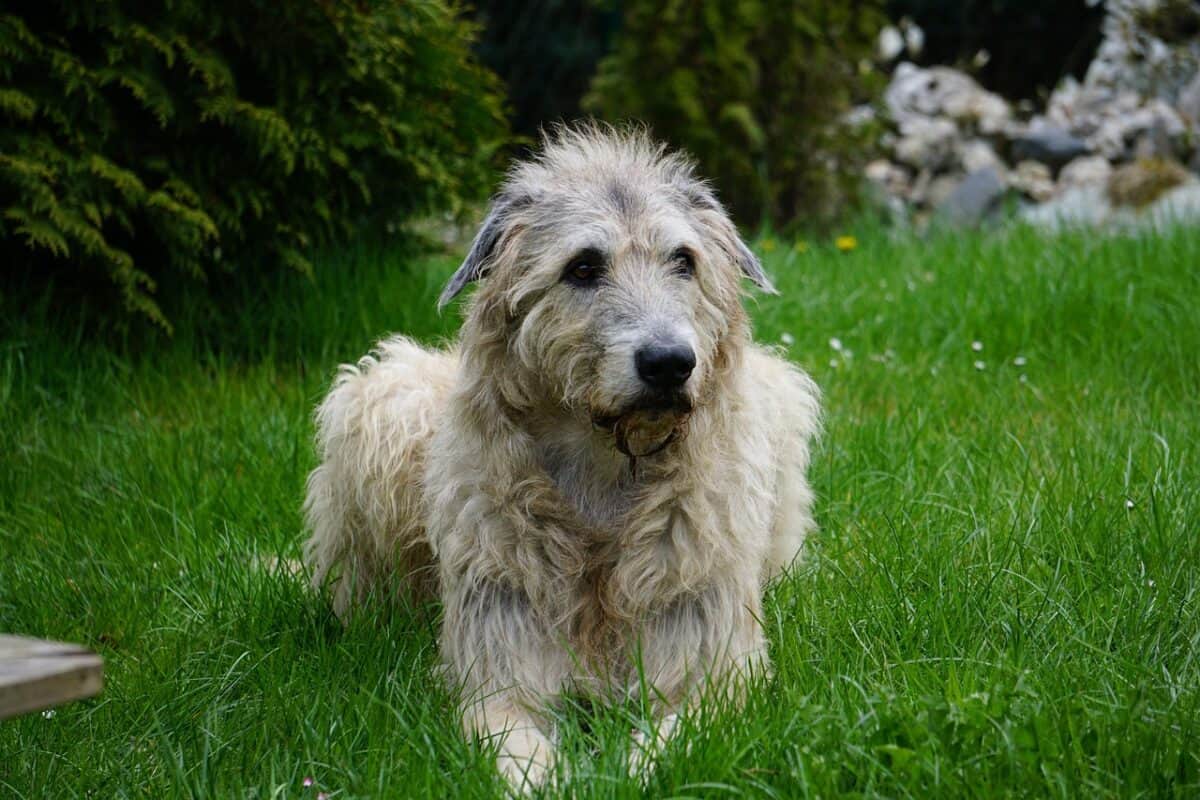
These dogs’ wiry coats require regular grooming to keep them in top condition. Weekly brushing helps prevent matting and reduces shedding. Periodic baths and nail trimming are also important aspects of their grooming routine, ensuring they remain clean and healthy.
Living Space Requirements

Irish Wolfhounds need spacious living accommodations to move comfortably. While they can adapt to indoor living, they thrive in homes with ample room and a secure yard. Despite their size, they are indoor dogs at heart, preferring to be close to their human companions.
Compatibility with Other Pets
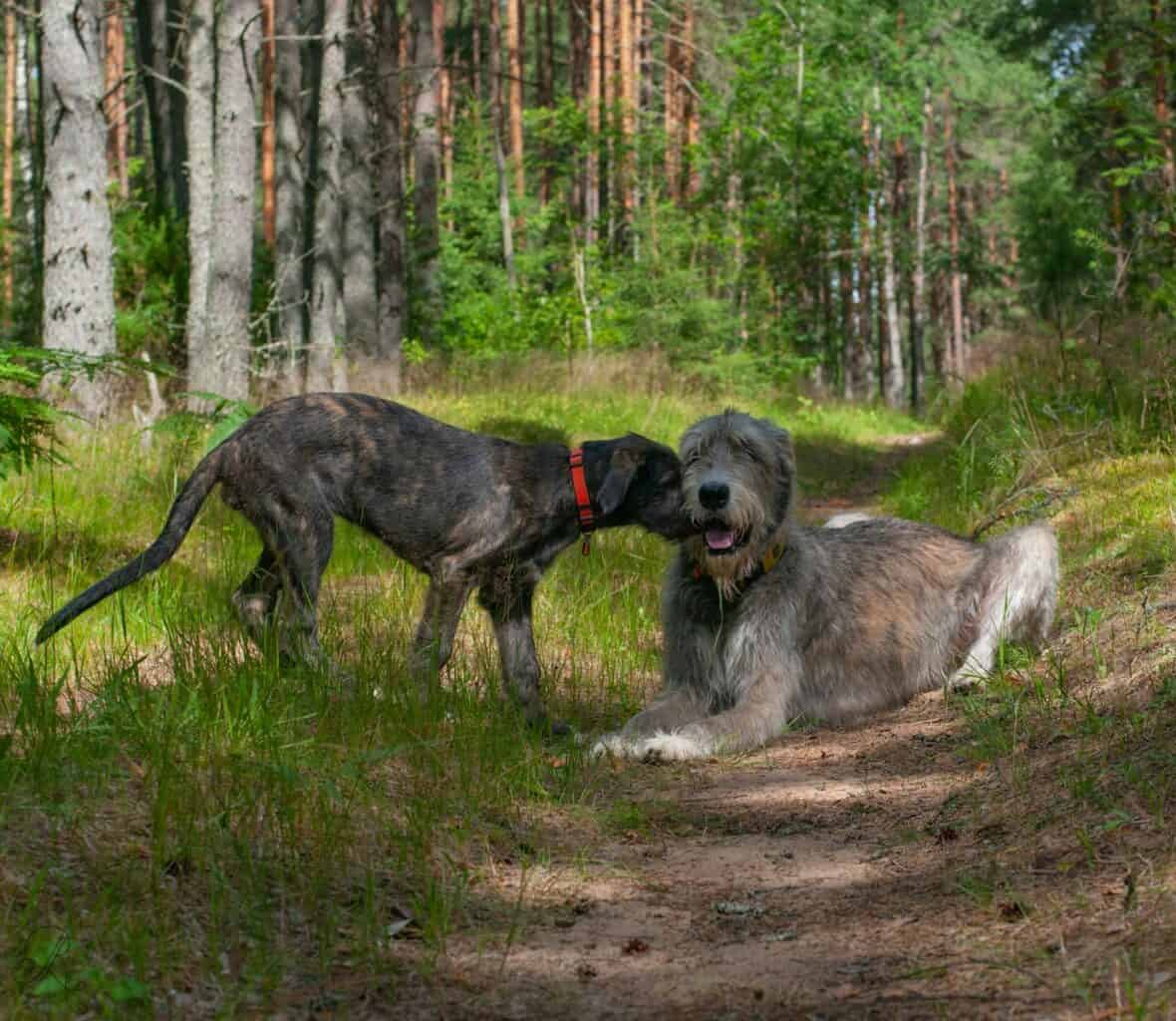
Generally, Irish Wolfhounds get along well with other dogs, especially those of similar size. They can also coexist peacefully with smaller pets if introduced and socialized correctly from a young age. However, their hunting ancestry may instill a prey drive, requiring supervision with small animals.
The Irish Wolfhound in Culture
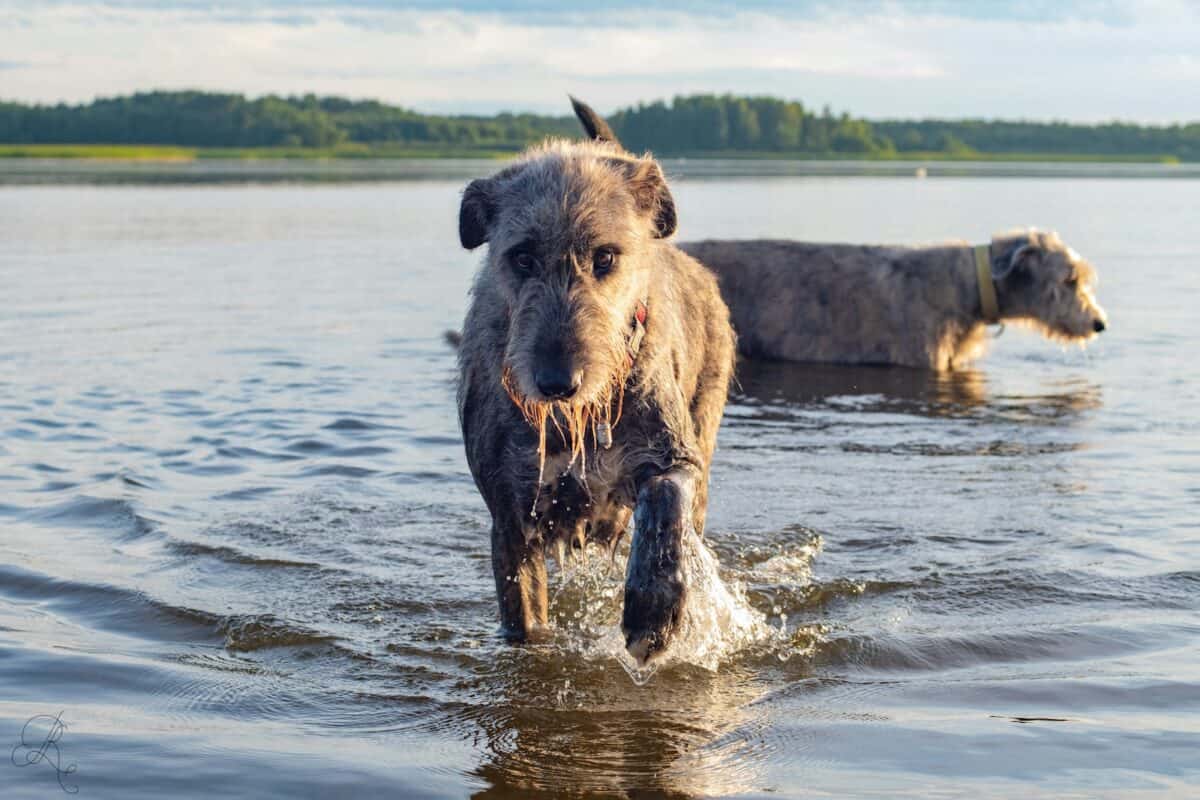
Throughout history, the Irish Wolfhound has featured prominently in art and literature as a symbol of loyalty and strength. They continue to capture the attention of artists and authors, their majestic presence serving as inspiration across various mediums.
In summary, the Irish Wolfhound is a truly remarkable creature. Their impressive size and regal bearing can be intimidating, yet their gentle and loyal nature endears them to those who know them. For anyone seeking a companion that embodies both might and tenderness, the Irish Wolfhound presents an awe-inspiring choice, proving that even the biggest of dogs can have the biggest of hearts.
- The Tallest Dog Breed in the World Is Bigger Than a Small Horse - August 12, 2025
- How Crabs Can Regrow Lost Claws and Legs - August 12, 2025
- This Tiny Salamander Species Could Hold Medical Breakthroughs - August 12, 2025

